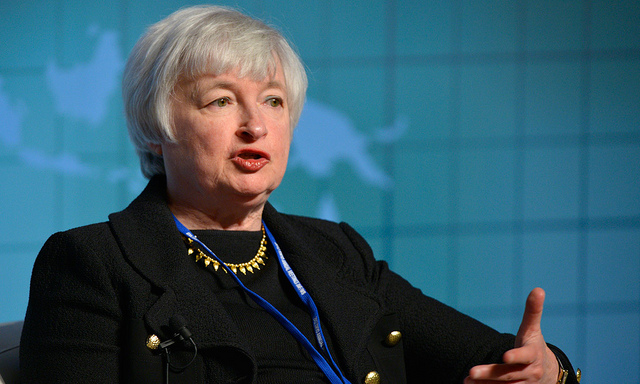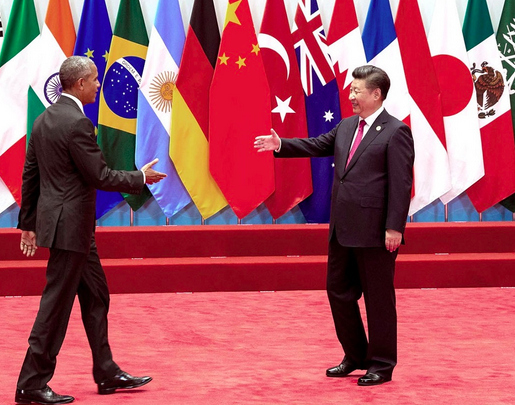In a shocking development reminiscent of Brexit, Donald Trump, the Republican nominee, was elected the forty-fifth president of the United States on Tuesday, 8 November. In addition, Republicans maintained control over both houses of Congress.
Trump’s unexpected victory brings with it a great deal of policy uncertainty, given his lack of specificity during the presidential campaign. Judging by the tone of his campaign, one can surmise that foreign trade will likely be a major focus of the new administration. It is quite unlikely that the Trans-Pacific Partnership will be ratified against the present backdrop, while the North American Free Trade Agreement (NAFTA) could be renegotiated or even abandoned. Uncertainty over immigration policy is likely in the near term, which could potentially impact labor markets.
On the campaign trail, President-Elect Trump vowed to lower taxes and repeal the Medicare tax on investment income. He also promised to repeal the complicated alternative minimum tax, while taxing carried interest as ordinary income. Corporate tax rates would be reduced to 15% from 35%, and repatriated foreign profits would be taxed at a one-time rate of 10%, if Trump’s plan is enacted. Economists, however, question whether this package would spur enough economic growth to offset lost revenue from lower tax rates, which could widen fiscal deficits.
Sectors that may be advantaged under a Trump presidency include:
- Fossil fuels: Trump repeatedly promoted US energy independence during the campaign, calling for leasing federal land for energy exploration, repealing some regulations on coal and reviving the Keystone XL pipeline project.
- Pharmaceuticals: Price controls will be less of a concern for the industry than they would have been under a Clinton presidency.
- Financials: Trump has called for repealing or significantly revising Dodd-Frank. Regulatory burdens could be reduced across the economy, based on his campaign rhetoric.
Trump’s focus on trade during the campaign and the risk that NAFTA might be revisited could pressure the currencies of two of the US’s largest trading partners, Mexico and Canada. Additionally, emerging market currencies will likely be pressured, since any additional US trade barriers would probably further slow the growth of global trade, which could negatively impact both producers of raw materials and of finished goods.
If the US puts trade barriers in place on imports, US exporters may be hurt as a result of trade partners retaliating against US actions. With roughly 40% of earnings from S&P 500 Index companies earned outside the US, there appear to be significant risks to US-based multinationals. A full-fledged trade war would be damaging to growth and employment, and could have ripple effects beyond US borders. Companies whose business is more domestic in nature may fare better against a backdrop of global trade friction. If financial markets have a persistently negative reaction to a Trump victory in the run-up to the December FOMC meeting, odds of an interest rate hike could shrink.
A front-loaded agenda
Given the political ebbs and flows of recent decades, it is reasonable to expect Republicans to try to pack as much policy change into the first two years of a Trump presidency as possible, much as Democrats did in the first two years of the Obama administration. In 2009–2010, Democrats controlled the White House and both houses of Congress and passed a large economic stimulus package and the Affordable Care Act. Oftentimes, when one party controls both Congress and the White House, voters perceive political overreach and seek to balance the scales during the midterm elections.
In 1994, President Bill Clinton’s Democrats lost both the House and the Senate and never regained congressional control during the balance of his two terms. Losing control of one or both houses in the midterms would limit Trump’s ability to achieve his agenda, suggesting that policy change could become more incremental later in his term.
Erik Weisman is Chief Economist at MFS.




 For Fórmate a Fondo
For Fórmate a Fondo